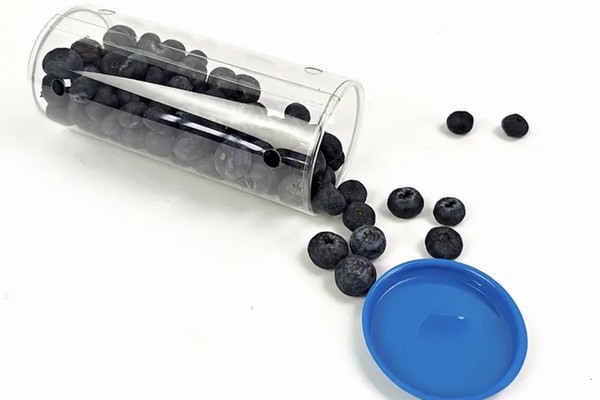Imported berry supplies look to be low across several different growing regions–but especially Peru and South Africa. "South Africa had a delayed harvest this year which increased demand in the Asian markets," says Raed Kazi, sales manager for Salix Fruits, a global fruit importer and exporter based in Philadelphia, PA, adding that the company's diversified sourcing strategy helps make sure supply stays consistent.
Throughout the year, Salix supplies berries from multiple countries including Chile, Peru, Mexico, USA, Argentina, Spain, Poland, Serbia, Turkey, Morocco, Zimbabwe, South Africa, Namibia, and also Australia.
Though other new producing countries are on the way. "Recently, we have seen new supply developing from countries like Colombia, Jordan, Georgia, Egypt, Ecuador, and the UAE," says Kazi. "Over the past two years, production in China has significantly increased, with quality improvements noted each year. This upward trend has attracted substantial foreign investment, as major global players are increasingly investing in Chinese production capabilities."
Meanwhile, berry consumption continues to grow steadily as awareness of the health benefits of berries increases. With the rise in e-commerce platforms, especially across Asia, Salix is also seeing more direct-to-consumer sales, which is driving further growth and it expects this trend will continue from consumers who are looking for both convenience and quality.

Cups, shakers, tubes, and more are being seen increasingly as new ways to package blueberries.
Berry packaging trends
As demand continues to grow, new trends have also emerged in blueberry packaging in recent years, including the use of tubes, cups, buckets, and shakers. "Our customers, especially those who sell more in the retail sector, are experiencing an increase in demand for these packaging options," says Kazi.
As for berry pricing in Asia, prices are quite high. Because of this tighter supply, countries such as India are paying prices that it has not paid in the past. "We are currently seeing prices in Peru as high as $18 to $19 USD FOB per box," says Kazi.
Looking ahead, the South African crop will increase in supply in the coming weeks which should calm the market in Southeast Asia potentially. "Due to weather conditions this year, there has been a delayed crop in South Africa and Peru," says Kazi.
Berries were most certainly a hot topic earlier this month when Salix Fruits participated in the 17th edition of Asia Fruit Logistica. (The company has exhibited at the show since 2016.) Kazi says the U.S.-based company's ongoing participation in this show and the one-year anniversary of it opening its office in Singapore, shows the company's dedication to the Asian market. "As one of the premier platforms for connecting with key industry players in Asia, the fair remains a crucial event for our company's strategic growth in the region," adds Kazi.
 For more information:
For more information:
Salix Fruits
[email protected]
www.salixfruits.com
